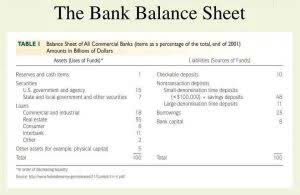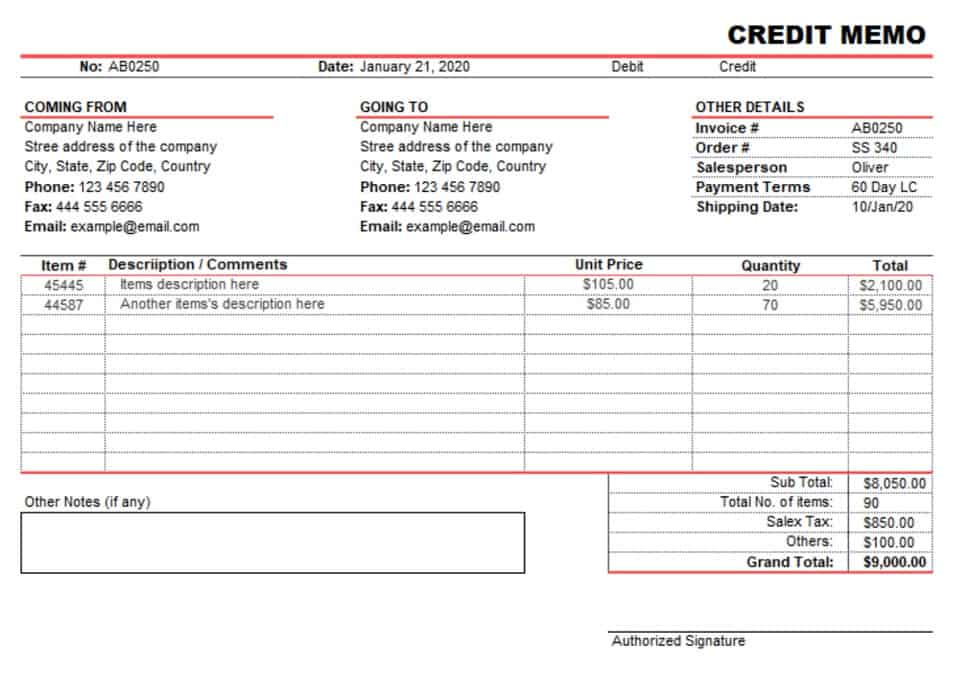
Remember, comparing benefits and costs is not a one-size-fits-all approach. The importance of each factor may vary depending Accounting Periods and Methods on the specific context and goals of the decision-maker. By carefully considering all relevant aspects and using appropriate analytical tools, you can make well-informed decisions that align with your objectives. When it comes to decision-making, comparing the benefits and costs of different options is crucial.

Understanding Contribution Margins

Incremental costs can also help you decide whether to make a product or buy it elsewhere. Understanding the additional costs of increasing a product’s manufacturing is beneficial when deciding the retail price of the product. Companies seek to maximize production levels and profitability by analyzing the incremental costs of manufacturing.
Step 2: Determine the Total Cost at Base Volume

Some of the costs of production are fixed, meaning they do not change when the number of units produced increases or decreases. Fixed costs do not change with an increase or decrease in production levels, so the same value can be spread out over more units of output with increased production. Variable costs refer to costs that change with varying levels of output. If a company responds to greater demand for its widgets by increasing production from 9,000 units to 10,000 units, it will incur additional costs to make the extra 1,000 widgets. If the total production cost for 9,000 widgets was $45,000, and the total cost after adding the additional 1,000 units increased to $50,000, the cost for the additional 1,000 units is $5,000.

How Does Understanding Incremental Costs Help Companies?
Incremental cost guides you in choosing when to make your product and when to outsource. Often, it is more cost-efficient to outsource from a specialty company instead of doing it from scratch. The base case is your existing or normal volume level before any proposed volume increase. Based incremental cost in Atlanta, Georgia, William Adkins has been writing professionally since 2008.
- In economics, marginal cost is the change in total production cost that comes from making or producing one additional unit.
- Companies utilize incremental revenue as a comparative measure with their baseline revenue level to calculate their return on investment.
- Here are some incremental cost examples based on different scales of production.
- Divide the cost by the units manufactured and the result is your incremental or marginal cost.
- If a reduced price is established for a special order, then it’s critical that the revenue received from the special order at least covers the incremental costs.
- He writes about small business, finance and economics issues for publishers like Chron Small Business and Bizfluent.com.
By analyzing the net impact, they can make an informed decision on whether the expansion is financially viable. From the above information, we see that the incremental cost of manufacturing the additional 2,000 units (10,000 vs. 8,000) is $40,000 ($360,000 vs. $320,000). Therefore, for these 2,000 additional units, the incremental manufacturing cost per unit of product will be an average of $20 ($40,000 divided by 2,000 units).
RESTRICTED CASH: Definition & Its Financial Statement
- Forecast LRIC is visible on the income statement, where revenues, cost of goods sold, and operational expenses will be altered, affecting the company’s total long-term profitability.
- Remember, identifying relevant costs requires a holistic approach, considering both short-term and long-term implications.
- Economies of scale occur when increasing production leads to lower costs since the costs are spread out over a larger number of goods being produced.
- This way, companies develop a realistic production roadmap, with an exact number of goods to be produced and the pricing per unit, to achieve profit goals in a business quarter.
- Understanding incremental costs can help a company improve its efficiency and save money.
- Incremental cost is how much money it would cost a company to make an additional unit of product.
- There is a requirement to create a spreadsheet that tracks costs and output.
Whether you’re optimizing business processes, designing public policies, or improving patient care, understanding incremental costs empowers you to navigate complex choices effectively. Incremental costing is a crucial concept when it comes to calculating and comparing the costs and benefits of different options. In this section, we will delve into the intricacies of incremental costs and explore various perspectives to gain a comprehensive understanding.
- In other words, incremental costs are solely dependent on production volume.
- It is important to differentiate between incremental costs and sunk costs.
- Using this information, a company can decide whether it is worth investing in additional capital assets.
- When making short-term decisions or selecting between two possibilities, such as whether to accept a special order, incremental costs are important.
- Incremental cost, also known as marginal cost, is a key concept in managerial accounting and financial analysis.
The new product only added some extra cost to define ‘X’ as the primary user and ‘Y’ as the incremental user. Expanding from 10,000 units to 15,000 units, let’s https://www.bookstime.com/ assume total monthly costs increase to $120,000. For instance, evaluating expanding monthly production from 10,000 units to 15,000 units means the incremental change is 5,000 units. Incremental analysis is a problem-solving method that applies accounting information—with a focus on costs—to strategic decision-making.
As the name suggests, both are meant to calculate the cost and revenue for extra or addition production of goods and services. Incremental costs are also referred to as marginal costs, but there are some basic differences between them. If we look at our above example, the primary user is product ‘X’ which was already being manufactured at the plant and utilizing the machinery and equipment.